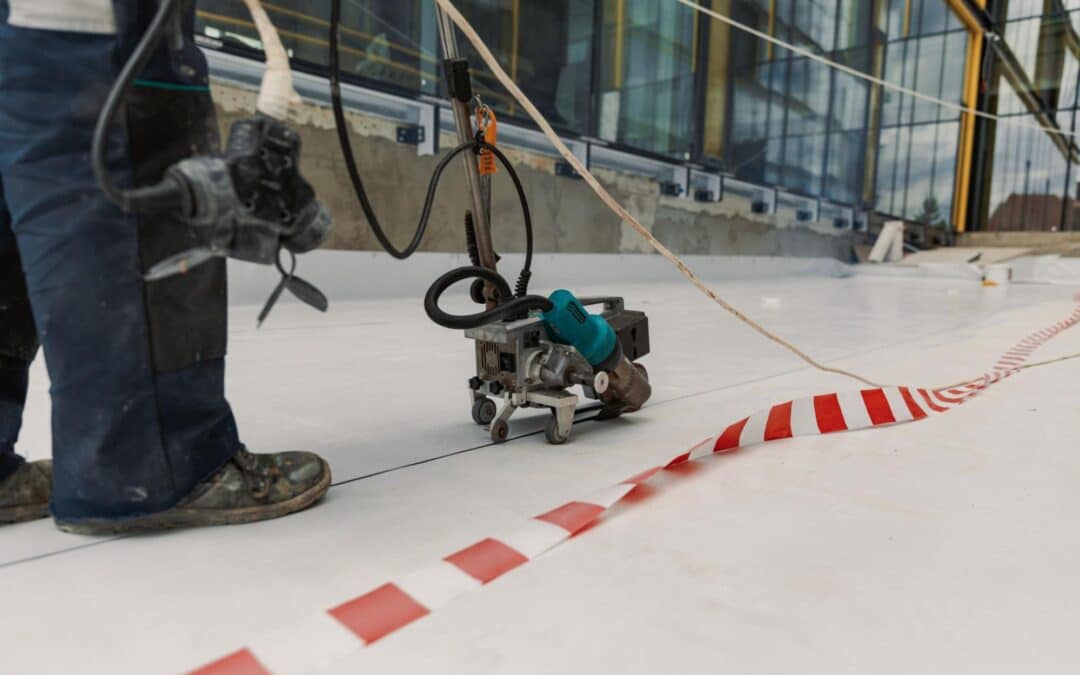Commercial roofing in Minnesota demands a robust and resilient solution, and PVC (Polyvinyl Chloride) roofing emerges as a top contender in the roofing material arena. The frigid winters, heavy snowfall, and fluctuating temperatures in Minnesota can be quite unforgiving to commercial rooftops. This is where PVC roofing truly shines.
PVC roofing is renowned for its exceptional durability, making it a go-to choice for businesses looking to safeguard their investments against the ever-changing weather conditions of the North Star State. Its innate ability to endure the challenges posed by Minnesota’s often harsh climate, including extreme cold, snow accumulation, and temperature fluctuations, has solidified its reputation as a reliable roofing option.
However, like any roofing material, PVC roofs necessitate regular maintenance to ensure their longevity and continued optimal performance. Neglecting routine upkeep can potentially lead to issues that may compromise the roof’s effectiveness and lifespan. In this blog, we will dive deep into the world of PVC roofing in Minnesota, exploring the maintenance requirements and essential tips to ensure your PVC roof stands strong against the elements and serves your commercial property faithfully for years to come.
Regular Inspections
Regular inspections serve as the cornerstone of PVC roofing maintenance, ensuring that your commercial property remains safeguarded from the unpredictable elements of Minnesota’s climate. In fact, they are more than just an essential task–they are a proactive strategy to extend the life and functionality of your PVC roof.
To keep your PVC roofing in pristine condition, it’s vital to adhere to a regular inspection schedule. We recommend scheduling these inspections at least twice a year, with the ideal timing being during the spring and fall seasons. These time frames allow you to assess your roof’s condition before the extreme temperatures of summer and winter hit, providing ample opportunity for any necessary repairs or maintenance.
During these inspections, adopt a meticulous approach to scrutinize every inch of your PVC roof’s surface. Look for telltale signs of damage that may have developed over time. These could include cracks, punctures, or loose seams. Each of these issues can serve as an entry point for moisture, which, if left unaddressed, can lead to more extensive and costly damage, including water leaks and structural issues.
Pay attention not only to the roofing membrane but also to the flashings, edges, and penetrations like vents, chimneys, and HVAC units. These areas are often vulnerable to wear and tear and should be closely examined.
Clearing Debris
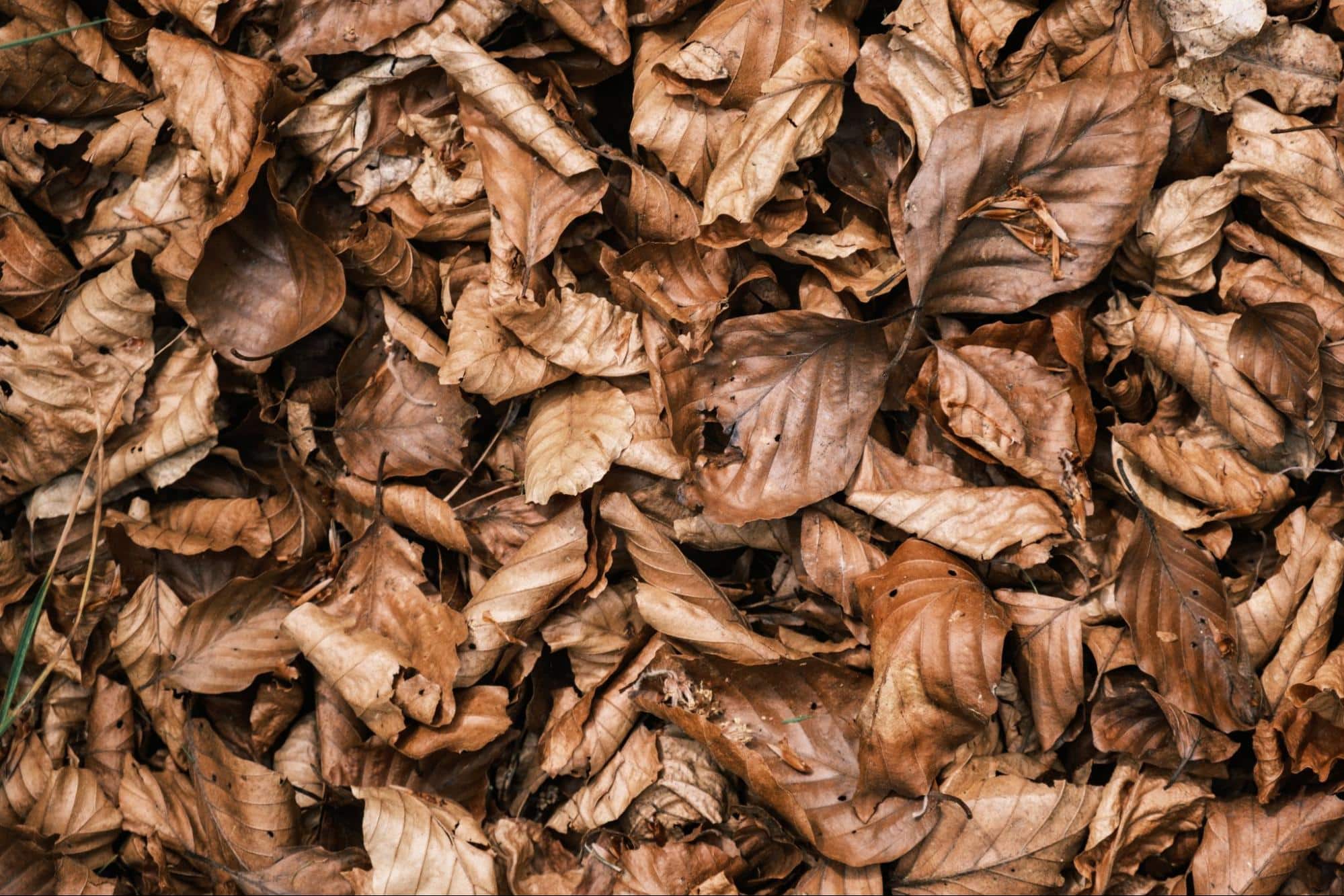
Minnesota’s ever-shifting seasons bring a unique set of challenges to commercial property owners, especially when it comes to the care and maintenance of PVC roofing. One of these challenges is the seasonal accumulation of debris on your PVC roof, which can include leaves, branches, dirt, and even ice and snow in the winter months. While it may seem like a minor concern, the impact of this debris can be significant over time.
As the seasons transition, debris can accumulate on your PVC roof, creating a seemingly harmless layer that can have detrimental effects. This buildup not only harms the aesthetic appeal of your roof but also traps moisture, setting the stage for potential problems. The moisture trapped beneath the debris can seep into the roofing membrane, leading to water pooling, leaks, and even structural damage if left unaddressed.
To safeguard your PVC roofing and prolong its lifespan, it’s imperative to make regular roof cleaning a part of your maintenance routine. This preventative measure helps ensure that your roof remains free of debris and moisture-related issues. Ideally, you should clear your roof of debris at least once every season, with a particular focus on the transition from fall to winter and winter to spring when debris tends to accumulate most.
Moreover, during the winter months in Minnesota, it’s crucial to remove ice and snow promptly to prevent the additional weight from causing stress on the roof structure. Accumulated snow can also trap moisture, which can lead to ice dams and leaks when it melts and refreezes.
Monitoring Drainage Systems
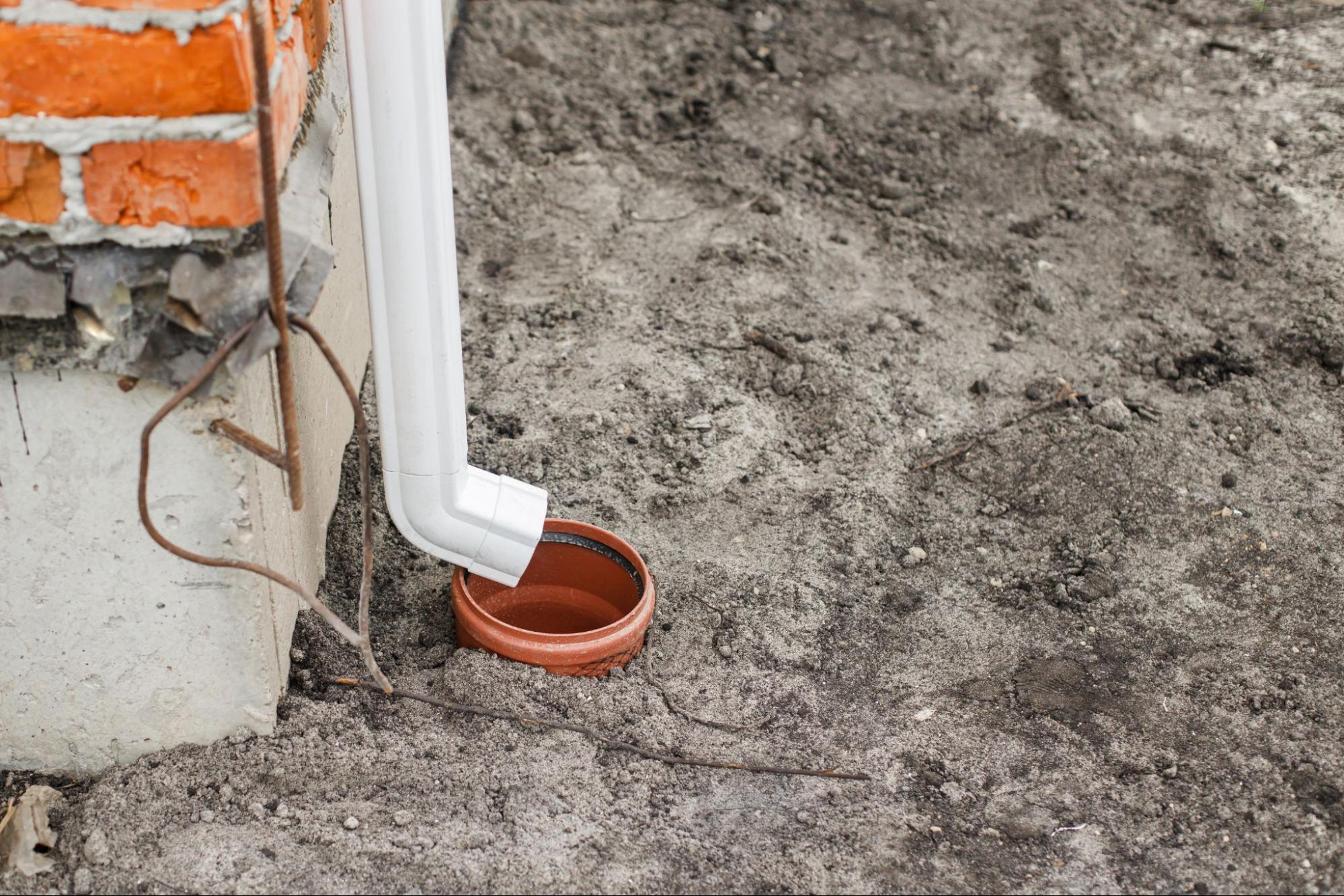
Effective drainage is a paramount consideration for PVC roofing, particularly in Minnesota where the climate is constantly changing. Ensuring that your drainage system, including gutters, downspouts, and roof drains, is functioning optimally is not just a minor detail; it’s a critical factor in preserving the longevity and integrity of your PVC roof.
Minnesota’s weather, with its heavy rains and snowfalls, can put your roofing system to the test. Without proper drainage, your PVC roof may be susceptible to a range of problems, the most concerning of which is ponding water. This occurs when water accumulates and remains stagnant on your roof’s surface, unable to drain away. Ponding water can exert immense pressure on the PVC membrane, leading to stretching, sagging, and eventually weakening of the roofing material.
The consequences of ponding water go beyond aesthetic concerns. Over time, it can compromise the waterproofing capabilities of your PVC roof, creating vulnerabilities that may result in leaks, water infiltration, and even structural damage. Therefore, maintaining unobstructed drainage channels is not merely a matter of convenience; it’s a critical component of PVC roof maintenance.
Addressing Ponding Water Concerns
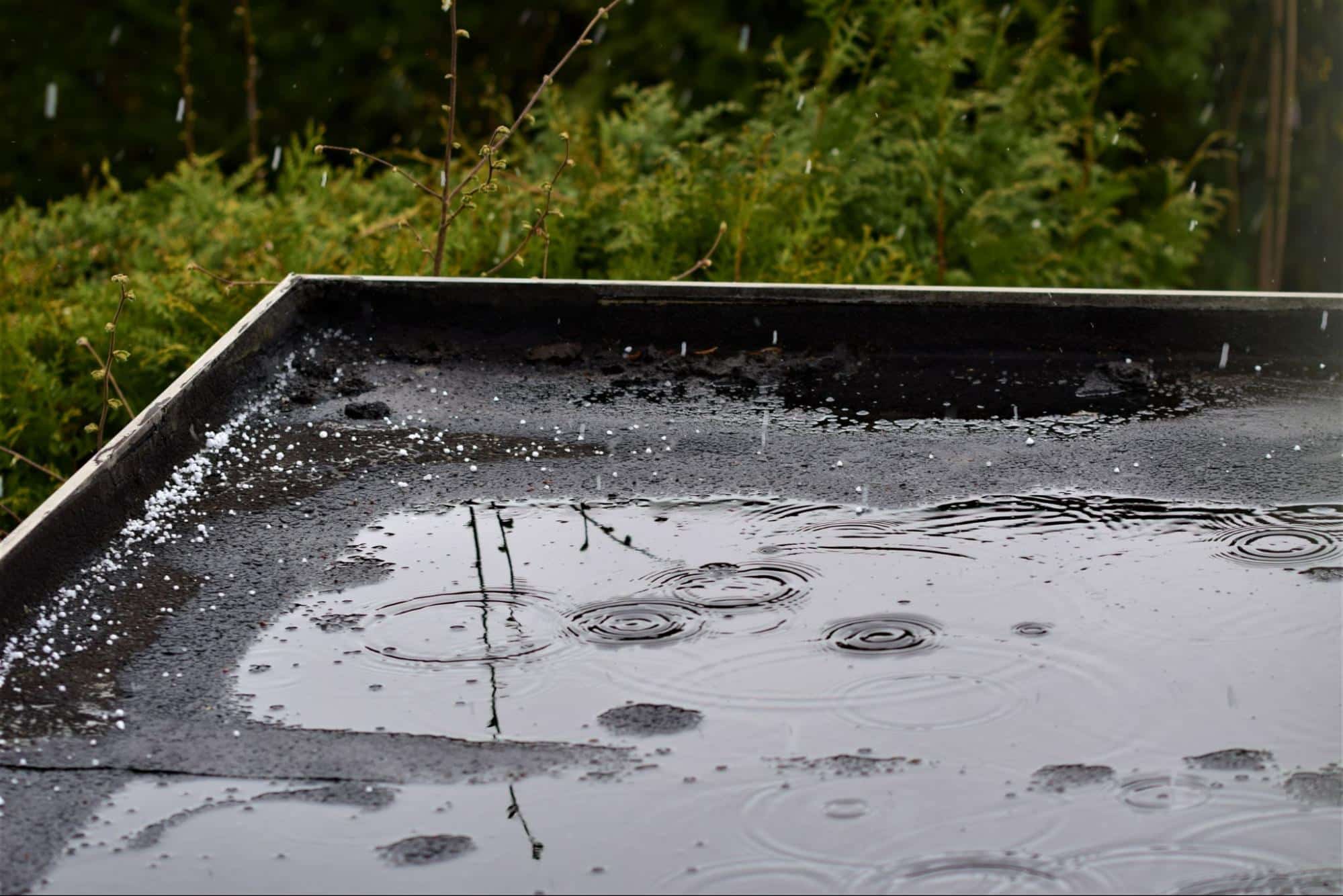
While regular maintenance and preventative measures are crucial for PVC roofing, sometimes issues may still arise, particularly when it comes to ponding water. Ponding water refers to the accumulation of water on your roof’s surface for an extended period, typically 48 hours or more following rainfall. It’s a red flag that demands immediate attention as it can significantly impact the longevity and functionality of your PVC roof.
The detrimental effects of ponding water on PVC roofing are multi-faceted. Firstly, it places excessive weight and stress on the affected areas of the roofing membrane. PVC roofing is designed to withstand various environmental stressors, but prolonged ponding can lead to stretching, sagging, and deformation of the membrane. This not only compromises its structural integrity but also increases the risk of water infiltration and leaks.
Furthermore, the water in these pooled areas can become a breeding ground for algae and other microorganisms. As these organisms thrive in a moist environment, they can accelerate the deterioration of the roofing membrane. Additionally, ponding water can be a source of corrosion for metal components such as flashing and fasteners, further compromising the roof’s overall integrity.
UV Protection
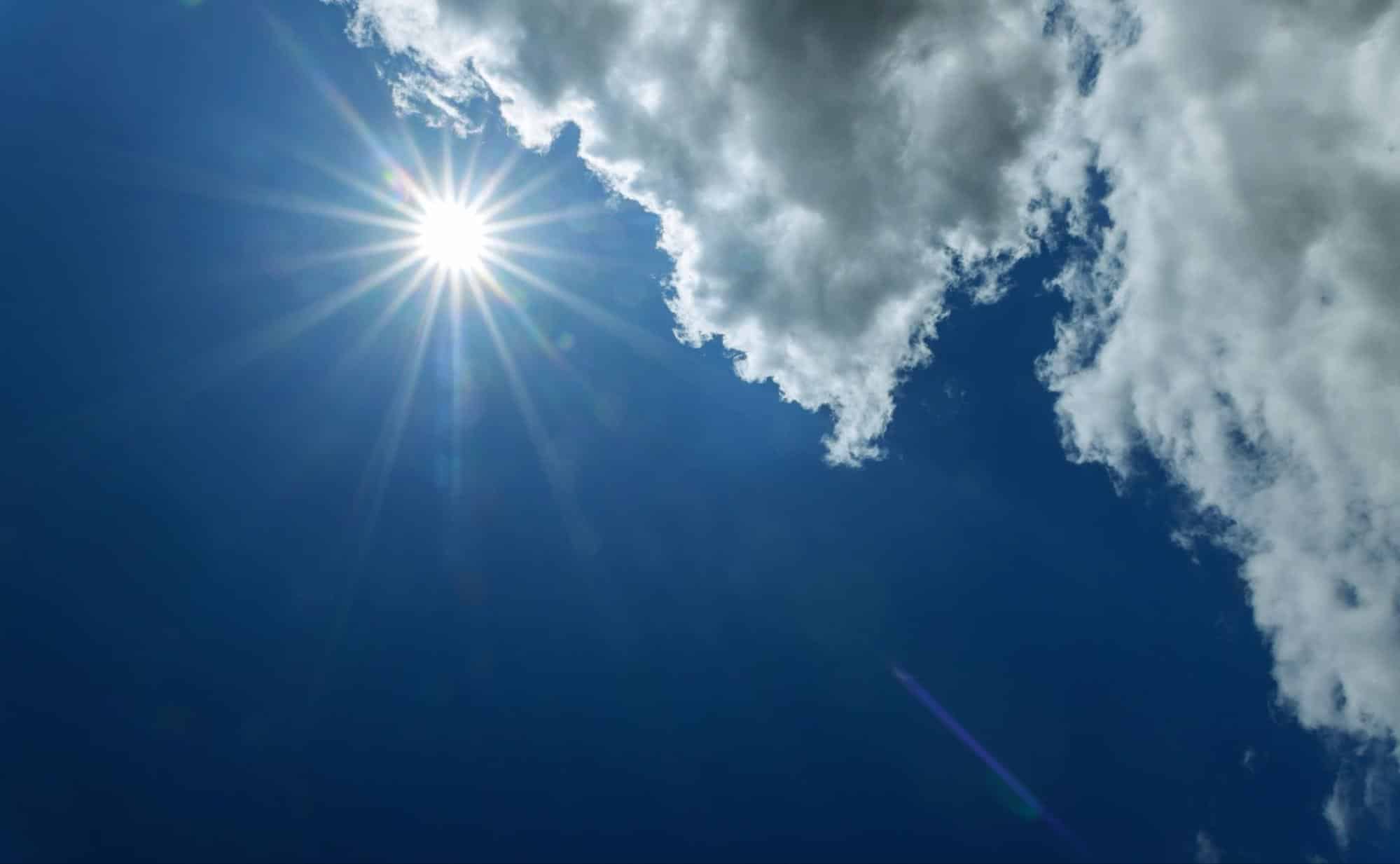
PVC roofing is well-regarded for its durability and resilience in the face of harsh weather conditions, but it’s not impervious to the relentless assault of UV rays. Over time, exposure to ultraviolet radiation from the sun can lead to the degradation of PVC roofing materials, potentially compromising their effectiveness. To safeguard your investment and extend your PVC roof’s lifespan, one valuable strategy is to consider applying a reflective roof coating.
UV rays, a constant presence in the environment, can take a toll on PVC roofing materials. They can cause the roofing membrane to become brittle, leading to cracking, warping, and deterioration. This degradation not only impacts the structural integrity of your roof but also increases the risk of leaks and water infiltration. In Minnesota, where the sun’s intensity can vary greatly throughout the year, UV protection is a critical aspect of PVC roof maintenance.
Reflective roof coatings, often formulated with special pigments and materials, serve as a protective shield against UV radiation. When applied to the PVC roofing membrane, they act as a barrier that reflects sunlight, reducing the amount of UV rays absorbed by the roof.
Seam Maintenance
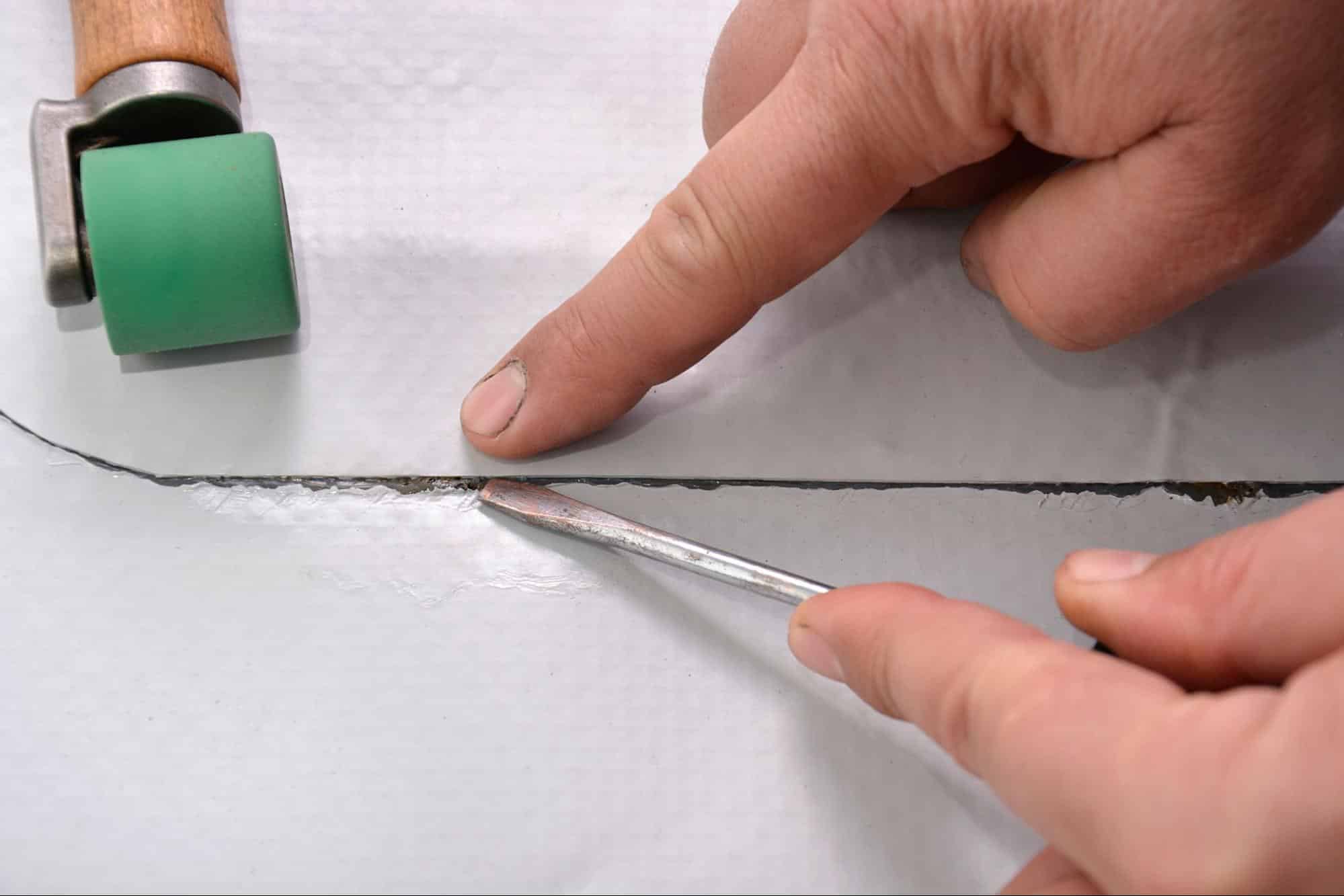
The seams of PVC roofing play a crucial role in the overall integrity of the roofing system. These seams are where two PVC sheets are joined together, and they require regular attention and maintenance. During routine inspections, it is essential to closely examine the seams for any signs of separation or damage.
One of the primary concerns is the potential separation of these seams can be a pathway for water infiltration, which can lead to leaks and extensive damage over time. These separations can occur due to various factors, including the natural aging of the roofing material, exposure to harsh weather conditions, and thermal expansion and contraction.
Additionally, it’s vital to check for any physical damage along the seam areas. Tears, punctures, or cuts can compromise the integrity of the roofing system and should be addressed promptly. PVC roofs are often heat-welded at the seams, so ensuring the integrity of these welds is crucial. Some PVC roofing systems use sealant or adhesive at the seams. During inspections, assess the condition of the sealant to ensure it’s still effective in preventing water intrusion.
Maintaining cleanliness around the seams is also essential. Dirt and debris can accumulate over time and compromise the effectiveness of the seams, so keeping them clean is part of the proper maintenance.
Professional Maintenance
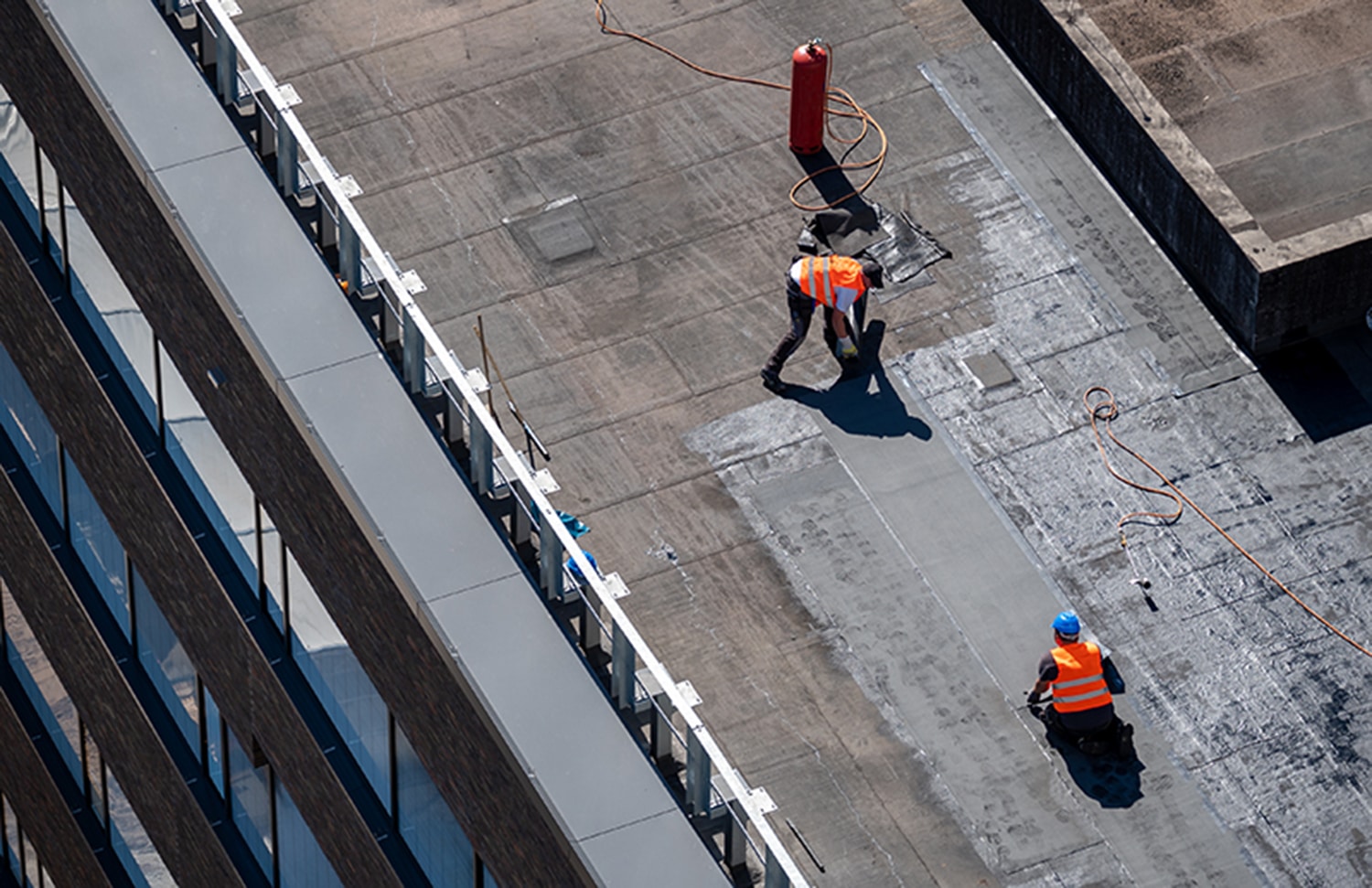
Maintaining a PVC roofing system is a vital aspect of preserving the longevity and performance of your commercial property. While there are certain maintenance tasks that property owners or maintenance staff can handle, such as routine cleaning and minor repairs, it’s paramount to recognize the importance of involving a professional roofing contractor for regular inspections and more substantial repairs.
Professional roofing contractors have a specialized understanding of various roofing systems, including PVC roofs. They are well-versed in the intricacies of PVC roofing, including its installation, materials, and unique maintenance requirements. Their expertise allows them to identify issues that might go unnoticed by untrained eyes, ensuring comprehensive and accurate assessments during inspections.
Roofing work can be hazardous, especially on commercial properties with elevated structures. Professional contractors prioritize safety and are trained to work safely at heights. They have the necessary safety gear and protocols to ensure their well-being, minimizing the risk of accidents during inspections and repairs. Attempting significant roofing work without the proper training and equipment can lead to accidents and injuries.
While it may seem cost-effective to handle roofing maintenance in-house, the expertise of professionals can ultimately save you money in the long run. Professional inspections can detect issues early, preventing them from escalating into costly repairs or replacements. Additionally, contractors can recommend cost-effective solutions that extend the lifespan of your PVC roof, maximizing your investment.
In conclusion, proper maintenance is crucial for maximizing the longevity and durability of PVC roofing in Minnesota’s challenging climate. By diligently following these maintenance tips and investing in routine inspections and professional services, commercial property owners can protect their investment, avoid costly repairs, and enjoy the benefits of a durable, weather-resistant roof for many years to come.
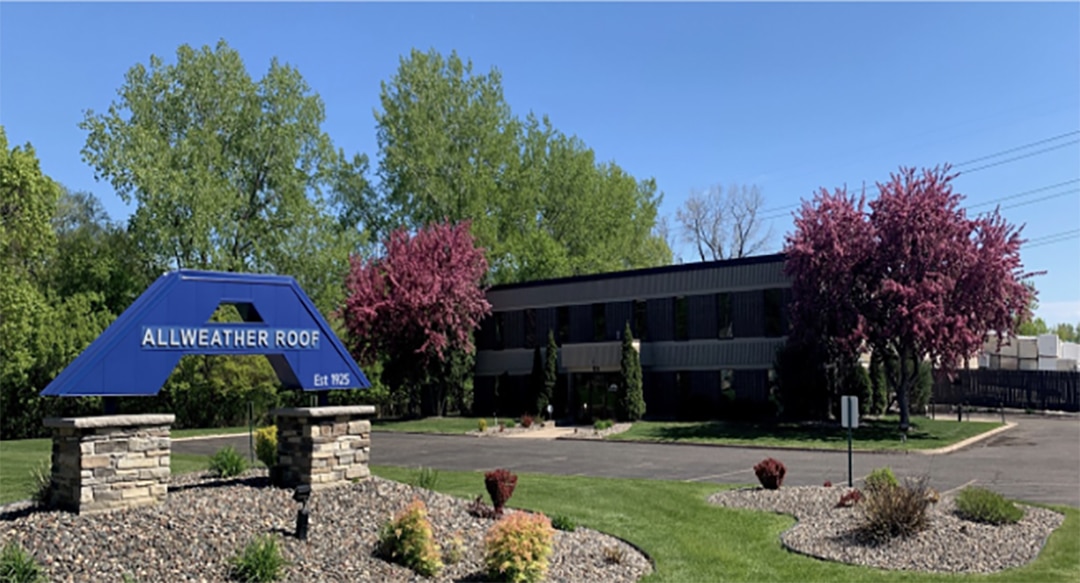
As the winter season approaches in Minnesota, it’s imperative to ensure your PVC roofing is well-prepared to withstand the challenges posed by the state’s ever-changing weather conditions. Allweather Roof is your trusted partner in this endeavor, offering expert guidance and top-notch services to help you get your PVC roof ready for the winter season.
At Allweather Roof, we understand the unique needs of PVC roofing systems, and our team of trained experts is well-equipped to provide the specialized care and maintenance required. Contact us today to schedule an inspection and ensure your roofing system is ready to endure the Minnesota winter!

